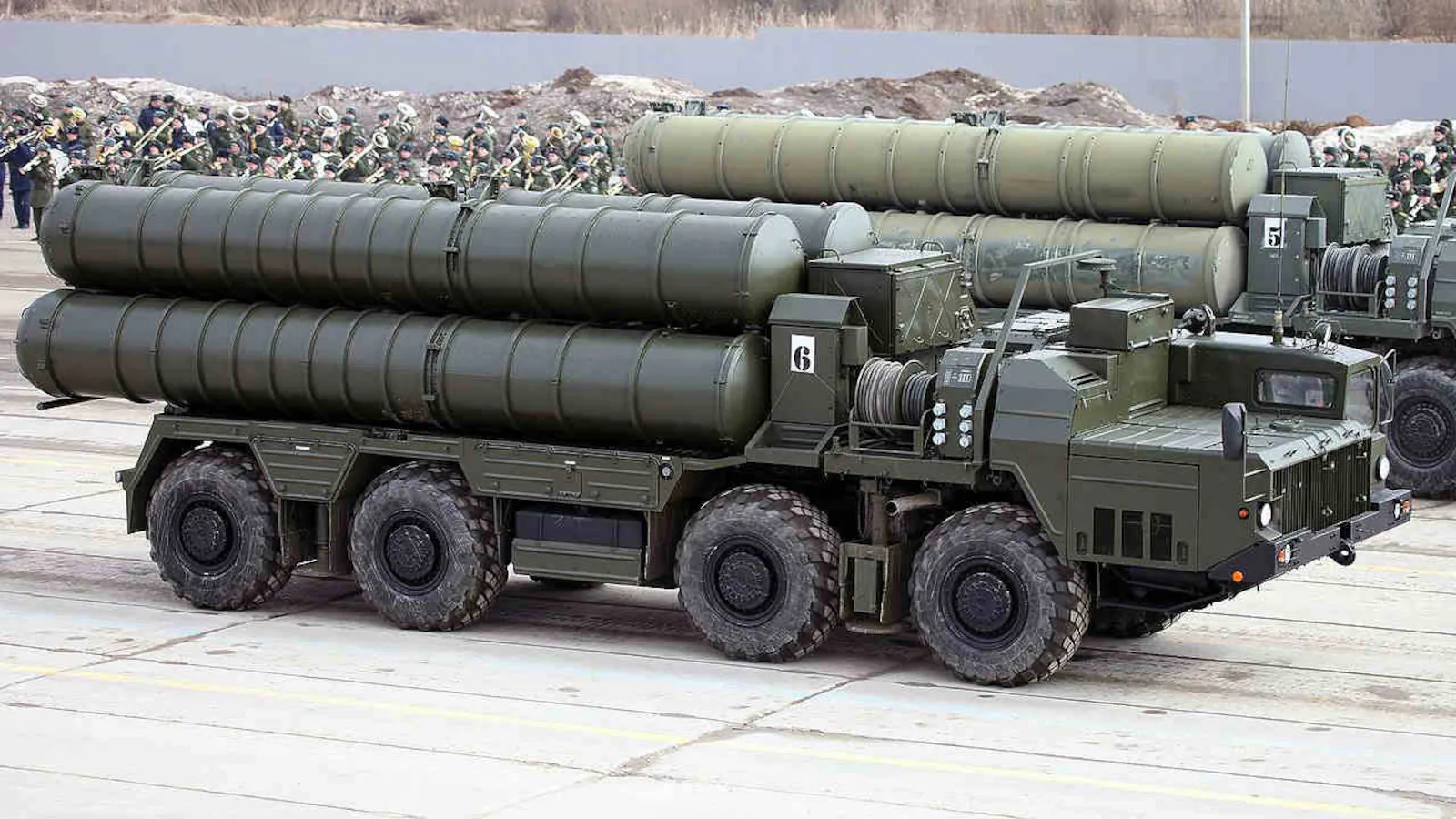
S-400 Sudarshan Chakra: India’s Invisible Shield in the Sky
In the early hours of May 7–8, the Indian Air Force intercepted and neutralized 15 missiles and drones launched by Pakistan, aimed at military installations across Northern and Western India. The counter came through India’s formidable S-400 Sudarshan Chakra — an advanced air defense system capable of stopping even the most evasive threats in the sky.
This strategic deployment highlighted India’s growing prowess in aerial defense, marking one of the most significant real-world uses of the system since its induction.
What is the S-400 Missile System?
Developed by Russia and deployed by India as the “Sudarshan Chakra,” the S-400 is considered one of the most advanced long-range surface-to-air missile systems globally. It can detect, track, and destroy multiple aerial targets—including stealth aircraft, fighter jets, cruise missiles, drones, and ballistic missiles — at ranges up to 400 kilometers and altitudes reaching 30 kilometers.
Each S-400 squadron consists of two batteries. Each battery houses six launchers, a radar system, and a mobile command post. These units work in unison to create a layered defense net, tracking targets as far as 600 km and engaging them at various ranges depending on the type of threat.
Sudarshan Chakra: More Than Just a Name
The system is aptly named after the mythical “Sudarshan Chakra” — the divine spinning weapon of Lord Vishnu, symbolizing swiftness and precision. Much like its mythological counterpart, India’s S-400 is designed to eliminate threats before they reach their targets.
During a previous IAF exercise, the Sudarshan Chakra demonstrated its might by “eliminating” 80% of simulated enemy aircraft. The remaining aircraft were forced to abort their missions, proving the system’s real-time deterrence capability.
Strategic Deployment Across India
India signed a ₹35,000 crore deal with Russia in 2018 to acquire five S-400 squadrons. So far, three have been delivered:
- One squadron is stationed near the Siliguri Corridor, securing the narrow land bridge connecting India’s northeast with the mainland.
- Another is deployed in Pathankot, a critical defense zone near the India-Pakistan border.
- The third is positioned along the western frontier, covering sensitive areas in Rajasthan and Gujarat.
Two more squadrons are expected to be delivered by 2026.
Why the S-400 Matters?
India’s ability to use the S-400 system against moving targets—especially in an actual combat scenario like the May 7–8 attack—is a testament to its growing deterrent capabilities. The Sudarshan Chakra does not merely protect the skies; it serves as a silent warning to adversaries.
In a world where aerial warfare is evolving rapidly, India’s S-400 network strengthens its multi-layered defense architecture, ensuring hostile threats can be tracked and neutralized long before they reach Indian airspace.
Operation Sindoor: A Measured Response
The successful use of the S-400 also followed a decisive move by India on May 6–7, when the Indian Armed Forces launched ‘Operation Sindoor’. This mission targeted terrorist infrastructure in Pakistan and Pakistan-occupied Jammu and Kashmir—locations linked to the planning and execution of terror attacks against India.
Altogether, nine sites were hit during the operation. The strikes were focused, measured, and non-escalatory. Notably, no Pakistani military facilities were targeted. India’s response was carefully calibrated, demonstrating both capability and restraint.
These steps came after the barbaric Pahalgam terrorist attack, where 25 Indian citizens and one Nepali national were killed. In the face of such brutality, India has lived up to its commitment: those responsible will be held accountable.
